26 June 2025
* This is a machine translation. It is fully automated and involves no human intervention. The quality and accuracy of machine translation can vary from one text to another and between different language pairs. The ITU does not guarantee the accuracy of the translation and accepts no liability for possible errors.
From 9 to 11 June 2025, St. Petersburg hosted the International Telecommunication Union (ITU) Regional Forum "Future Technologies: Artificial Intelligence, metaverse, holography and other ICTs applications and services. Perspective 2030".
The first day focused on telepresence technologies, their standardization and their applications.
Professor of the Bonch-Bruevich Saint Petersburg State University of Telecommunications Andrey Kucheryavy, Associate Professors of the Department of Communication and Data Transmission Networks of SPbSUT Ammar Muthanna and Artem Volkov spoke about the current state of telepresence technology development, network requirements and challenges for the implementation of telepresence services.
In addition, they demonstrated the KOLD telepresence suit, which can sense the touch and movement of the body to transmit tactile and physical feedback from the networked universe, and a digital avatar.
"The telepresence suit turned out to be necessary in medicine for rehabilitation. We work together with the Turner National Medical Research Center for Pediatric Traumatology and Orthopedics. There are almost 200,000 children in Russia who need medical care from this center. Together with doctors, we are creating this suit so that any patient, even in the most remote region, can undergo the same course of rehabilitation as in a hospital. This is a new area of research – remote rehabilitation based on the capabilities of public communication networks and new technologies of network universes and telepresence suits," said Andrey Evgenievich Kucheryavy.
In addition, the forum participants were shown the operation of a holographic terminal, which made it possible to establish real-time communication with the Moscow Technical University of Communications and Informatics. A similar cabin was installed at the university, which provides interactive interaction with the user and transmission of a holographic image of the interlocutor.
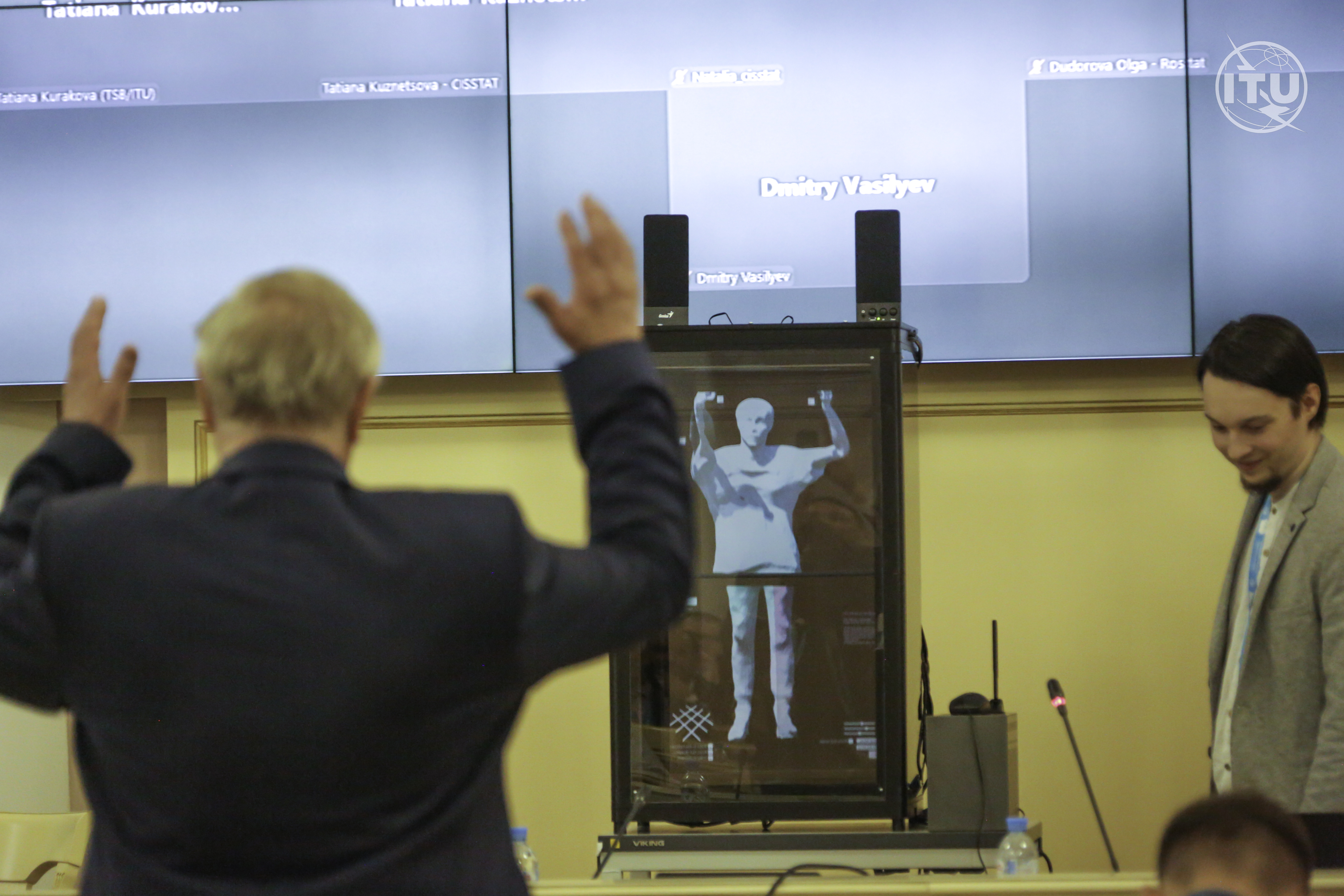
As Artem Volkov explained, communication between the cabins was carried out using point cloud technology at a data rate of about 200 kilobits per second. To make such calls, you need a powerful camera with depth measurement function and a video card to render the avatar.
According to Artem Volkov, holographic communications are becoming a new stage in the development of the online conferencing market, especially in the post-pandemic period, when videoconferencing has taken a strong place in business communication.
"Previously, we were dealing with the usual 2D image, but now the industry is moving towards increasing immersion – creating a complete sense of presence for both the user and their interlocutor. This includes a 3D display of the participants and the ability to see their real spatial location," explained Artem Volkov.
Holographic-Type Communication (HTC) is a key technology that will be implemented in the sixth generation (6G) and beyond wireless communication networks. It provides a deeply immersive user experience for a wide range of new applications, from holographic telepresence and healthcare to retail, education, training, entertainment, sports, and video games. It does this by displaying high-resolution 3D holograms – both people and objects – and creating multimodal sensory media (mulsemedia) that encompasses sound, video and, subsequently, touch, smell and taste.
ITU invites all stakeholders to join the global initiative "Artificial Intelligence for Good"
On the second day, participants discussed the requirements and challenges of building networks capable of supporting the metaverse, as well as the role of artificial intelligence in shaping the digital economy and expanding network capabilities.
One of the keynote speeches of the forum was the report of the Deputy Director of Telecommunication Standardization Bureau ITU Bilel Jamoussi, dedicated to the global initiative of the Telecommunication Standardization Sector (ITU-T) "Artificial Intelligence for Good" (AI for Good, AI for Good).
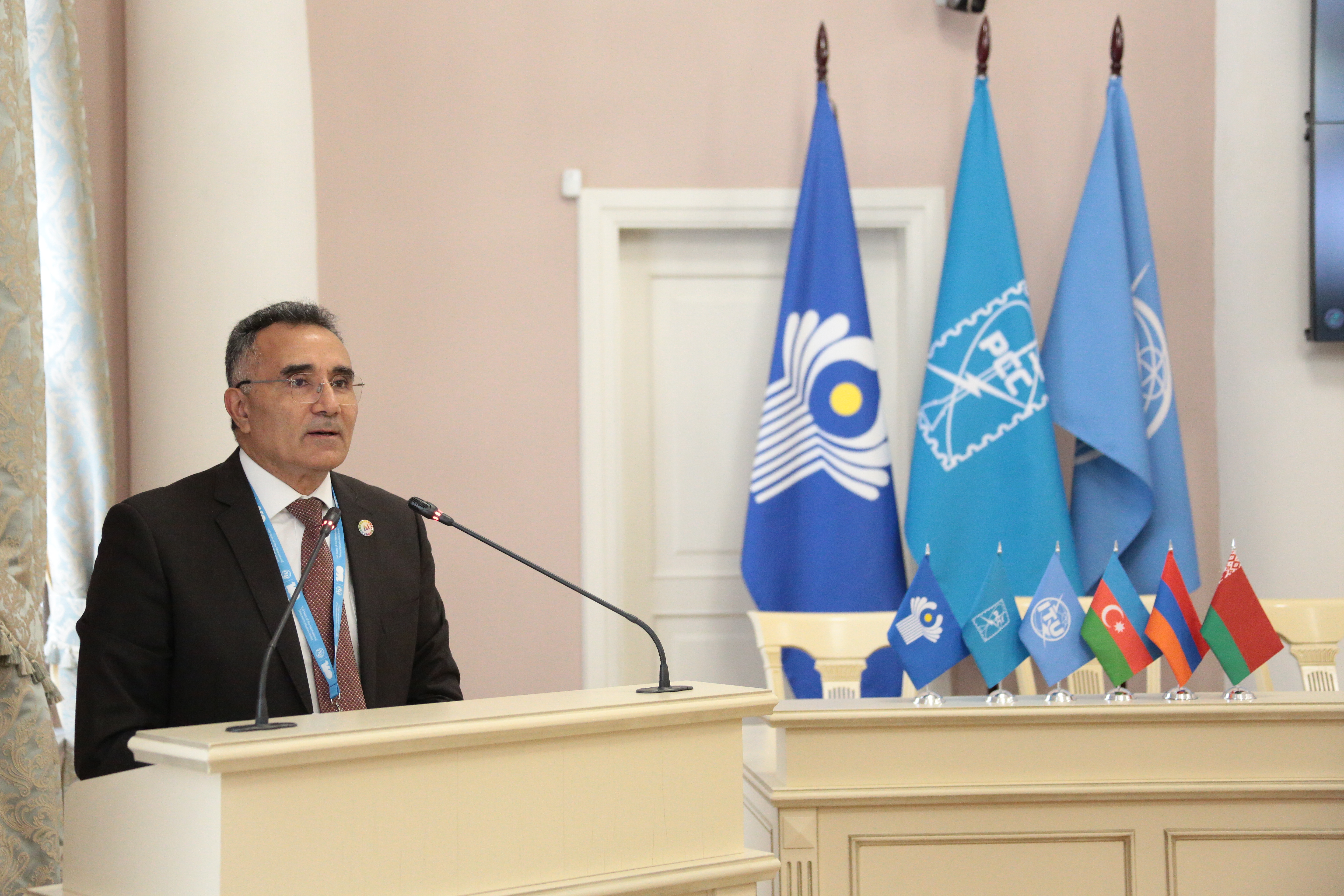
In 2017, ITU launched the AI for Good initiative, an open platform designed to leverage AI to accelerate progress towards the Sustainable Development Goals.
The initiative is now supported by over 50 United Nations (UN) partners. It has grown into the largest interdisciplinary program that brings together representatives of government, academia, business, civil society and young people.
AI is already being applied in healthcare, education, and agriculture, while the creation of standards and the development of competencies in these areas are actively supported. The programme covers four focus areas: multi-stakeholder dialogue, AI governance, standards development, and capacity building.
The number of participants in AI for Good events is growing steadily: if at the beginning the forums were attended by about 500 people, then in 2024 the event gathered more than 6 thousand participants, and more than 10 thousand are expected by the 2025 summit.
ITU has published over 150 AI standards, and a similar number of new ITU AI standards are under development. In the network domain, ITU's AI standards cover a wide range of areas including machine learning, energy efficiency, multimedia, cybersecurity, quality assessment and network architecture Telecommunication.
Particular attention is being paid to the development of standard frameworks for integrating artificial intelligence and machine learning (AI/ML) into network infrastructures. This includes common terms and definitions, assessment methods for AI models and their outputs, and standards governing data collection, storage and processing – for AI network applications as well as for areas such as healthcare.
In the field of health and agriculture, disaster risk reduction and road safety, ITU is developing AI standards in partnership with several international organizations, including the World Health Organization (WHO), the World Intellectual Property Organization, the World Meteorological Organization and the Food and Agriculture Organization of the United Nations.
For example, ITU and WHO have launched a benchmarking framework to ensure the safety, efficacy, and ethics of AI solutions in healthcare.
Between 2018 and 2023, the Focus Group, which included ITU and WHO, produced publications covering ethics, regulation, technical specifications, and clinical evaluation that have formed the basis for future standardization efforts. The Focus Group has also created an Open Source Initiative demonstrating how open-source platforms can help in the practical implementation of standards and support for cross-border innovation.
To strengthen international cooperation in the field of AI, the AI for Good Global Summit will take place in Geneva from 8 to 11 July 2025, with more than 100 sessions and more than 700 speakers. It will become the intersection of politics, science, business and technology.
ITU-T working on international standards to combat telephone fraud
Modern telecommunication networks are facing a serious threat – the massive spread of fraudulent number spoofing calls. Fraudsters, using telephone number spoofing, often pretend to be employees of banks, the police or other official structures in order to obtain personal data of citizens under various pretexts and thereby gain access to their financial resources. One common scenario is the interception of SMS with one-time passwords used to log in to banking applications, online services or confirm financial transactions, including two-factor authentication.
Denis Andreev, Counsellor for the ITU Telecommunication Standardization Sector (ITU-T) Study Group 11 (SG11), provided an overview of the ITU-T standardized solution that specifies the integration of public key certificates into operational signalling systems used in mobile and public telephone networks.
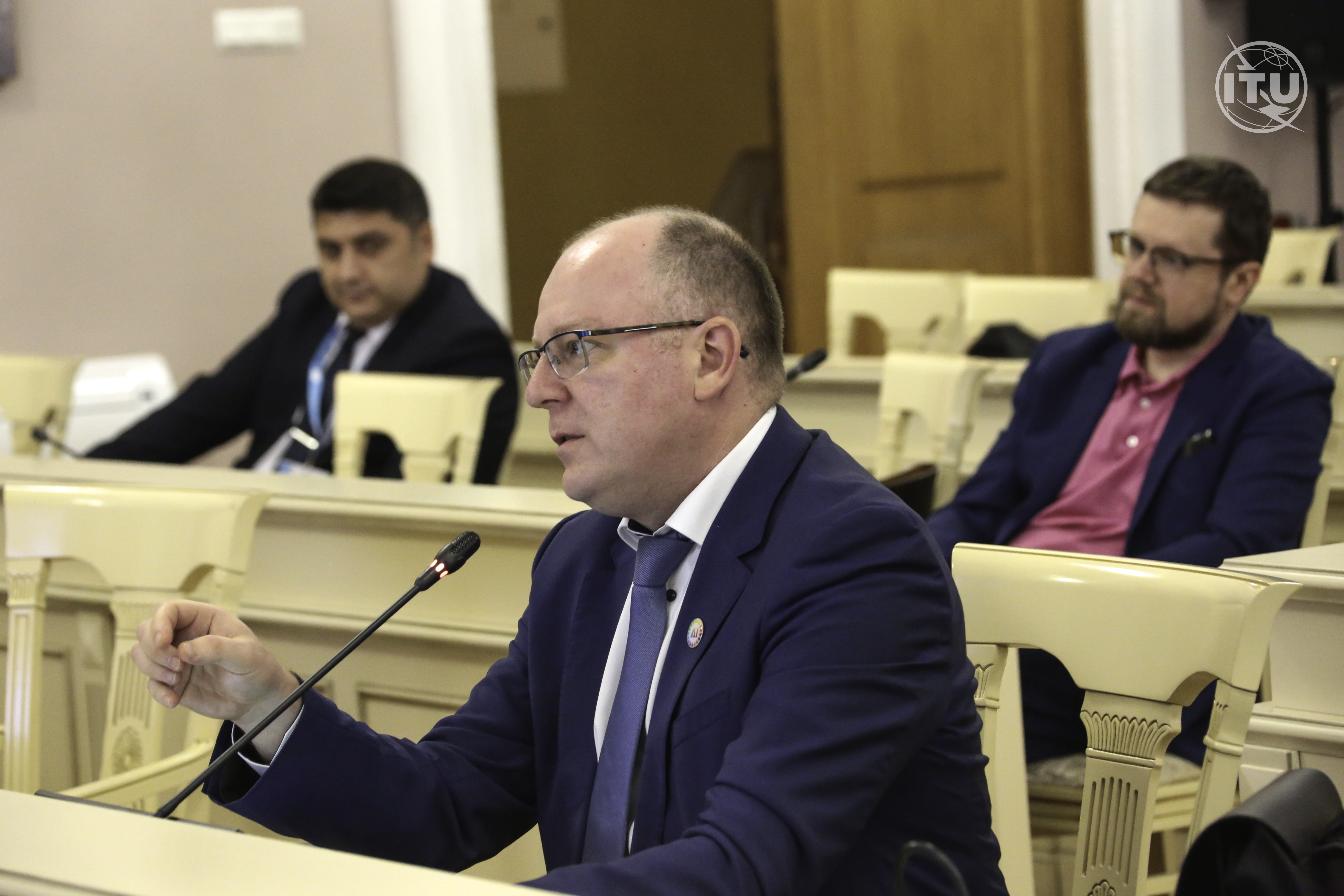
ITU, as the United Nations (UN) specialized agency for information and communication technologies (ICTs), coordinates the standardization of telecommunication networks and services, international use of numbering, radio frequencies and satellite orbits.
ITU has been coordinating international numbering resources and increasing efforts to protect consumers from telephone fraud — specifically standardizing digital certificate solutions at the signalling system level to enhance telephone network security.
ITU-T's work aims to reduce calls with spoofed numbers, including calls to international calls, which are harmful to citizens, the financial sector and governments.
"To address these threats, ITU-T is standardizing a set of technical solutions. A key approach is to provide a secure signalling system for telephony networks using ITU-T X.509 public key infrastructure (digital certificates). These certificates will make it possible to sign critical information at the signalling system level (for example, Calling Line Identification (CLI) and thereby certify the authenticity of the calling party," said Denis Andreev.
ITU-T X.509 is an international standard that describes a framework for digital certificates and a public key infrastructure (PKI) model. In other words, it is a kind of electronic "passport" of a subscriber, a device or an electronic resource, which confirms their authenticity and reliability. In the ITU certificate-T X.509 specifies the name (identifier) of the owner, their public key (the "public lock"), and the digital signature of a trusted certificate authority certifying the authenticity of these data.
Such certificates are widely used, for example, when establishing secure Internet connections (e.g., over the HTTPS protocol). They allow the browser to make sure that the online resource is authentic and that communication with it is safe.
The central element of the ITU-T-standardized solution to enhance telephone network security using digital certificates, according to Denis Andreev, is the Trusted Signalling Certification Authority (TSCA), a trusted authority that issues digital certificates that are used to sign signalling traffic at the level of security gateways installed on operators' networks (Signalling Security Gateway, SSGW). These gateways, in turn, verify Authenticity of incoming messages by deciding to accept or block calls or messages. Such a system increases the reliability of the transmitted information and prevents fraudulent attacks.
The technical architecture is based on ITU-T Q.3057, developed by ITU-T SG11, which complements it by ITU-T Q.3062, Q.3063 and ITU-T Q.TSCA, a draft standard that contains requirements for verifying certificate signing requests received by a TSCA from telecommunication operators and requirements for issuing public-key certificates to end-entities.
ITU-T Study Group 2 is also developing Registration Authority Assignment Criteria (E.RAA4Q. TSCAs) that will be authorized to issue digital certificates. These criteria provide the foundation for establishing a global and interoperable trust infrastructure in international telecommunication networks.
According to Denis Andreev, ITU-T SG11 and SG2 plan to complete work on the Q.TSCA and E.RAA4Q standards. TSCA in 2026
"ITU-T standards are voluntary, but countries can approve them as national standards or use them as a basis for regulating communication services at the national level," added Denis Andreev.
The proposed ITU-T approach, he said, could be scaled up and implemented globally through the use of digital certificates that all telecom operators recognized, and it could help in combating telephone fraud worldwide.
To enhance international dialogue and coordination, ITU is organizing a workshop in Geneva on 17 November 2025 on 'Securing telephone networks - towards a collaborative approach to combating telephone fraud using digital certificates'. The event will become a platform for discussion between government agencies, telecom operators and the expert community on the use of ITU standards to secure international telecommunication networks against telephone fraud.
More information on ITU-T's work in this area is available on the ITU website.
AI helps protect operators' customers from fraud and spam
At the ITU regional forum, experts from the Russian telecom operator Beeline – Alexander Kruglikov, Lead Engineer of the Voice Antifraud Platform Development Department, and Sergey Koshkarev, Leading Analyst of the Voice Antifraud Platform Development Department – spoke about how Beeline creates and implements services to protect subscribers.
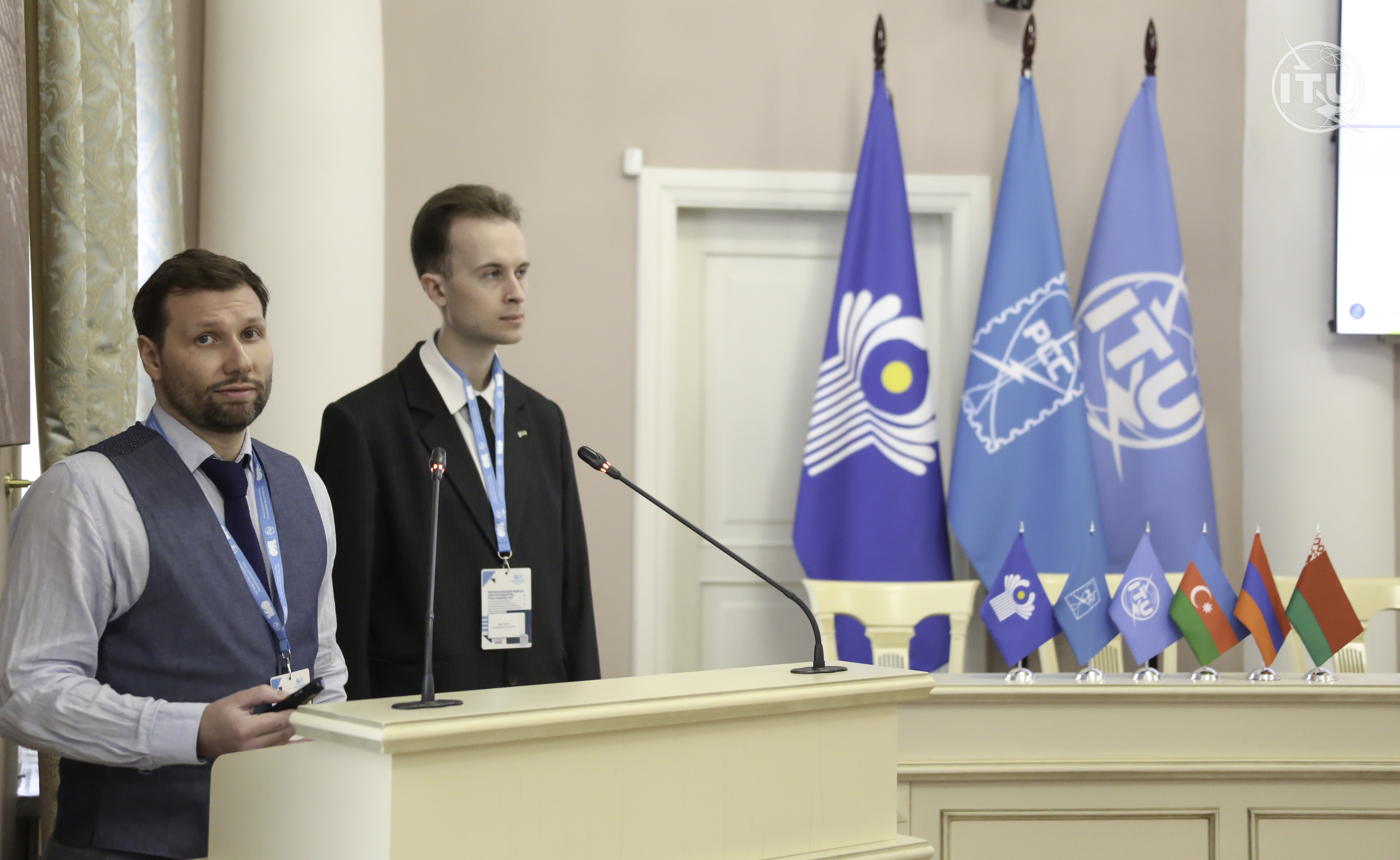
Fraudsters influence potential victims not only by phone, but also via SMS, as well as messengers using content generated by neural networks. This requires a modern anti-fraud platform to additionally integrate with network equipment for a comprehensive and prompt response to threats.
"In order to effectively combat new forms of spam, we use advanced technologies based on artificial intelligence, in particular, neural networks with the Transformer architecture. Our system is able to automatically adapt and respond quickly to new types of fraud. It is enough to add new examples to the training sample, and in a couple of hours we get an improved algorithm," comments Alexander Kruglikov.
The company continues its work to protect subscribers during voice calls. The other day, the operator began to interrupt dangerous calls.
"We have introduced a new function – now, if a subscriber receives a message with a code from the bank or Gosuslugi during an incoming call from an untrusted number, we interrupt the connection. In this case, trusted contacts will not be affected. Lists of trusted and untrusted contacts are formed, among other things, using artificial intelligence," said Sergey Koshkarev.
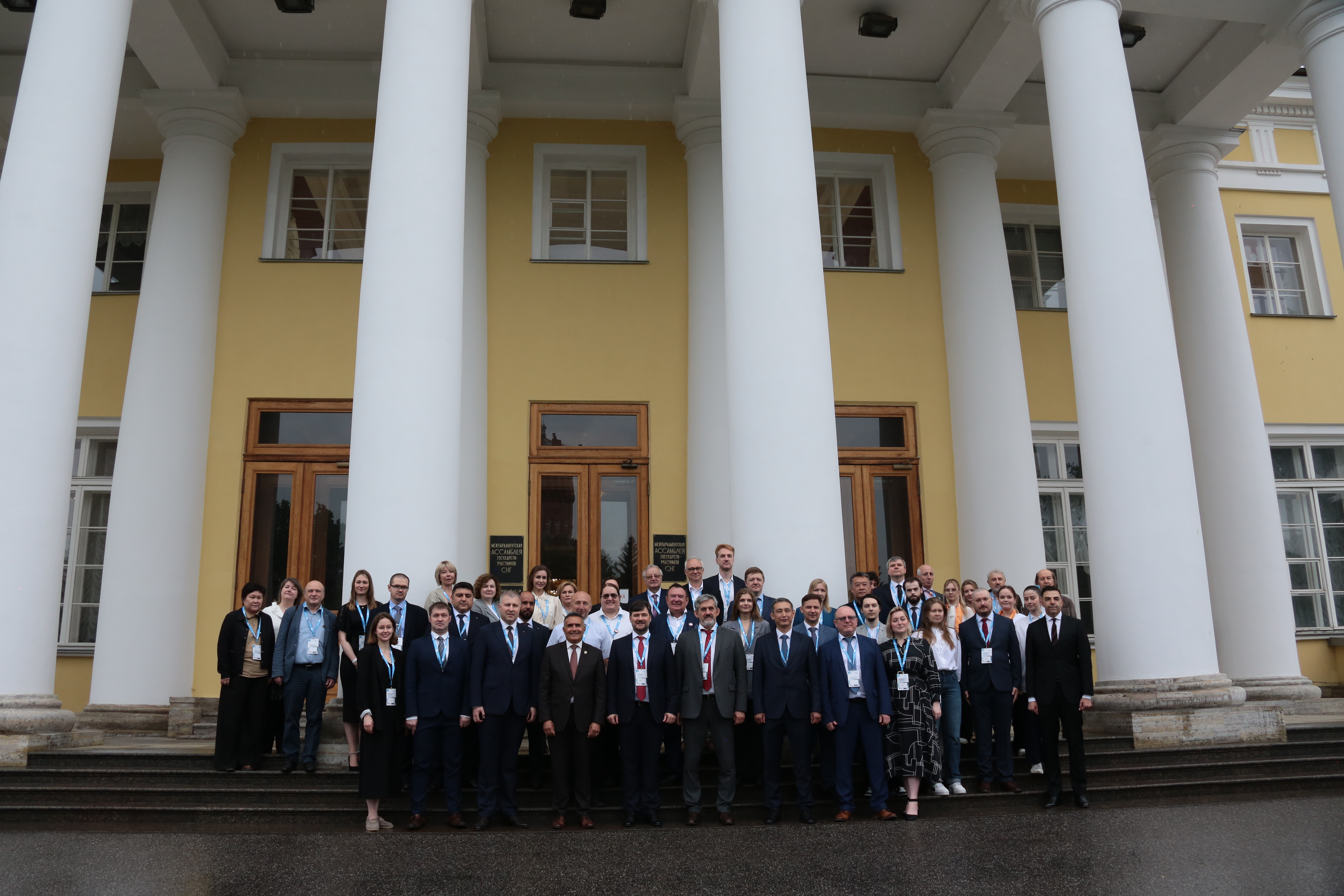
The Regional Forum on Future Technologies was organized by the International Telecommunication Union, the Regional Commonwealth in the field of Communications with the support of the Ministry of Digital Development, Communications and Mass Media of Russia. A total of about 70 people took part in the forum – experts, ICTs– and the telecom industry, academia and executive authorities.
Presentations and photos are available on the ITU website. |